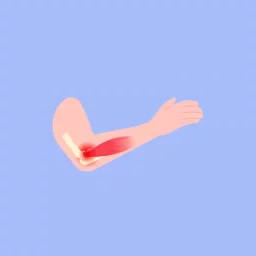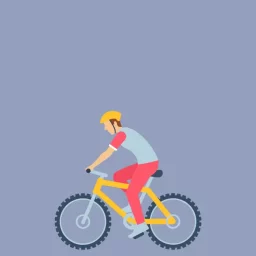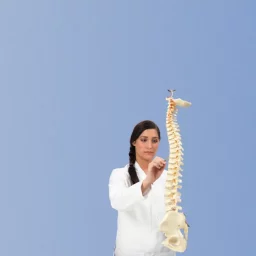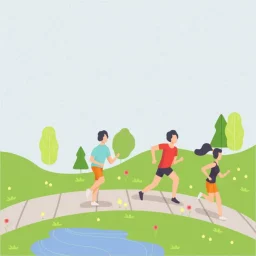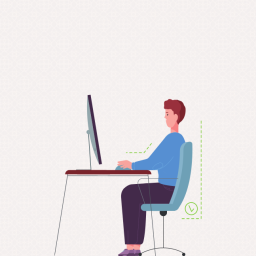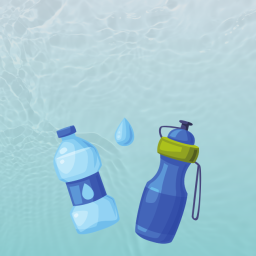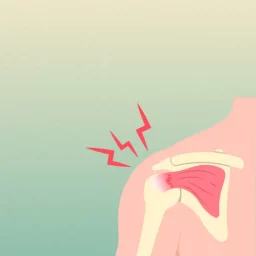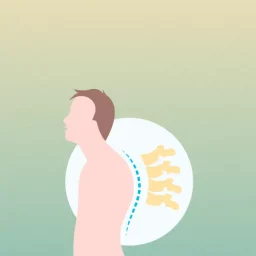Golf season is in full swing and every year Ontario’s chiropractors treat countless golfers for injuries sustained on the golf course. When you consider the spinal rotation that goes into a golf swing and that club speeds can reach 160 km/hour, it’s easy to understand that golf puts significant stress on your body. Common injuries include those to the low back, shoulder and neck, along with muscle strains and tendonitis.
Golf Safely this Season
Golf is a complex sport to master and one that puts repetitive demands on the body. Proper technique and physical conditioning are necessary to help ensure a great day on the links and also reduce the risk of injury.
Golfing injuries not only hinder players on the golf course, but can also limit mobility and impact quality of life. Some injuries can also become chronic if they are not properly treated. The great news is that most golf-related injuries can be easily prevented and chiropractors play a key role in keeping golfers active and playing safe.
The Ontario Chiropractic Association’s Get in the Game Without the Pain program was designed to provide simple, practical information and tips any golfer can use such as:
1. Get the Right Fit
Consult a Golf Pro to ensure your clubs are the right height, are made of a material appropriate to your arm strength, and have a comfortable grip.
2. Take Lessons
Work with a CPGA professional — the right swing technique can improve your game and spare you unnecessary pain.
3. Warm Up and Cool Down
Take a few minutes to stretch before and after your game. Start with a brisk walk and then do some light stretching. Never bounce, strain or jerk while stretching.
4. Push, Don’t Carry, Your Golf Bag
Pushing or pulling a bag on its wheels can help you take a load off. Taking turns riding in a cart can help you prevent a back injury. If you prefer to carry your clubs, use a double-strap carry bag that evenly distributes the weight.
5. Choose the Right Shoes
Wearing golf shoes with good support and the proper fit can help to prevent knee, hip and low back pain.
6. Drink Lots of Water
Dehydration can cause fatigue and increase your risk of injury. Water and juice are ideal refreshments as drinking alcohol depletes the body’s fluids and can lead to stiff muscles and soreness.
Quick and Easy Stretches to Prevent Golf Injuries
Twisted postures, the torque of the swing and forgetting to warm-up can cause unnecessary injury. Before you tee off, try the following easy stretches that can help you get in the game without the pain:
1. Side bending stretch
Stand with feet shoulder-width apart. Bend to one side without rotating until you feel a stretch in the side of your back. Hold this stretch for 15 seconds and stretch twice on each side.
2. Quadriceps Stretch
Keep your thighs together, and your knee pointing toward the ground. Pull your abdominal muscles in and maintain a straight back. Hold this stretch for 15 seconds and stretch twice on each side.
3. Hamstring Stretch
Stand with feet shoulder-width apart. Reach your hands towards the sky. Then, bending at the waist, reach toward your toes. Avoid this stretch if you have any acute back pain.
4. Knee to Chest Stretch
Stand with feet shoulder-width apart. Using both hands, pull one knee into your chest. Repeat with the other knee. Hold this stretch for 30 seconds.
5. Forearm Stretch
With your arm straight out in front of you and palm facing down, gently pull fingers back with other hand. Next, with your arm straight out in front of you and palm facing upwards, gently pull fingers back with other hand. Do not let shoulder rise up. Hold this stretch for 15 seconds and repeat on the other arm.
6. Shoulder Stretch
Hold the shaft of a club behind your back. Gently pull the club up with your top hand until you feel a slight stretch in the shoulder of your lower arm. Next, gently pull the club down with your bottom hand until you feel a stretch in the top shoulder and arm. Hold 15 seconds and switch hands and repeat.
7. Squat
Start from standing position with feet shoulder-width apart. Squat down, trying to keep your heels flat on the ground. Hold this stretch for 30 seconds and avoid if you have any knee problems.
8. Back of the Shoulder Stretch
Place your left hand on your right shoulder. Gently pull your left elbow across your body toward your right shoulder. Hold this stretch for 15 seconds and repeat on the other side.
For help developing a warm-up and stretching routine that’s right for you, consult your chiropractor. If you experience back pain that lasts more than a day after golfing, call your chiropractor for an evaluation. Visit us online for more information or call us at our Byward Clinic location at 613-860-8600 or our Glebe Clinic location at 613-237-9000.
Remember, success on the golf course can’t all be found at the pro shop. The physical condition of the golfer is key and pain shouldn’t be par for the course. Stay in the game this summer and protect your back!


